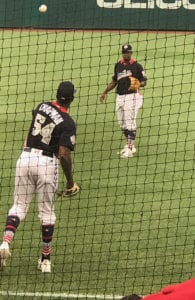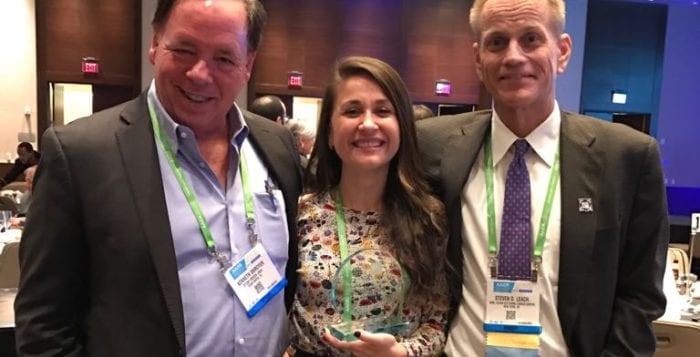By Heidi Sutton

The long-awaited “Christopher Robin” finally hit movie theaters last weekend and, at least at the end of Saturday’s matinee at Movieland Cinemas in Coram, was rewarded with loud applause. Not to be confused with “Goodbye Christopher Robin,” which was released last September, it tells the story of a boy and his silly old teddy bear and what happens when we grow up and stop dreaming. While it will appeal to children, its target audience is clearly their parents.
Directed by Marc Foster, the Disney film opens like a chapter book, with chapter one describing a farewell tea party in the hundred-acre wood for a young Christopher Robin (Orton O’Brien) who is leaving for boarding school. All the endearing storybook characters sprung from the vivid imagination of A.A. Milne are here — the wise Owl (Toby Jones), the stubborn Rabbit (Peter Capaldi), the meek and timid Piglet (Nick Mohammed), the ever depressed Eeyore (Brad Garrett), the kangaroo joey Roo (Sara Sheen), his mother Kanga (Sophie Okonedo) and, of course, Tigger and Winnie the Pooh (both voiced by the incomparable Jim Cummings).
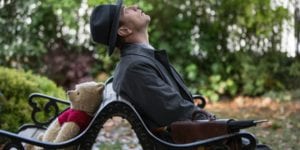 Christopher Robin is given a bag of acorns by Piglet to remember them by. In return, he promises to never forget his friends.
Christopher Robin is given a bag of acorns by Piglet to remember them by. In return, he promises to never forget his friends.
But, “as with all children,” as the chapters unfold and Christopher grows up, he does forget. He falls in love, gets married, has a child, serves in the British army during World War II and then lands a job at Winslow Luggage Company. His priorities are skewed and he spends much of his day at work, coming home late, working weekends and we see the toll it takes on his family. When his daughter finds the bag of acorns and drawings of Winnie the Pooh in an old box, Christopher Robin dismisses them as “nothing of great importance.”
 Thirty years have passed since Christopher (now played by Ewan McGregor) has visited the hundred-acre wood, which is now a dark and gloomy place filled with fog and overgrown vines. We meet Pooh Bear again, a little more worn and tired, waking up from his nap with a grumbling in his tummy. When the silly old bear realizes every one of his honey pots is empty, he heads off to borrow some from his friends. When he can’t find any of them, he fears they may have been taken by the ferocious heffalumps and woozles. As he is “a bear with little brains,” Pooh decides to seek the help of his old friend, Christopher Robin.
Thirty years have passed since Christopher (now played by Ewan McGregor) has visited the hundred-acre wood, which is now a dark and gloomy place filled with fog and overgrown vines. We meet Pooh Bear again, a little more worn and tired, waking up from his nap with a grumbling in his tummy. When the silly old bear realizes every one of his honey pots is empty, he heads off to borrow some from his friends. When he can’t find any of them, he fears they may have been taken by the ferocious heffalumps and woozles. As he is “a bear with little brains,” Pooh decides to seek the help of his old friend, Christopher Robin.
The movie itself is a work of art and the attention to detail is award winning, from the scenery to the music to the wonderful animation. Much of the filming of the Hundred-Acre Wood scenes took place among the hills of purple heather in Ashdown Forest in Sussex County, England, and the iconic songs parents and children know so well — “Winnie the Pooh,” “Up, Down and Touch the Ground” and “The Wonderful Thing About Tiggers,” — are sprinkled throughout.
Spoiler alert: This movie is a raw, emotional, heart-wrenching tale that will remind you of your childhood and the importance of family and friends. When Christopher Robin tells Pooh he hadn’t thought of him for 30 years, Pooh answers, “I think of you every day.” Bounce into theaters like Tigger and see this lovely film today, Pooh’s favorite day, and bring along a box of tissues. Now we just have to wait for the remake of “Mary Poppins” to hit area theaters for the holidays. Oh, bother.
Rated PG, “Christopher Robin” is now playing in local theaters. Running time is one hour and 44 minutes.



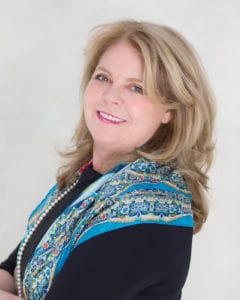
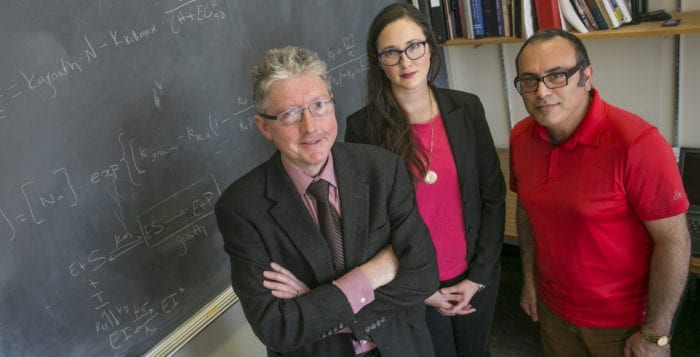

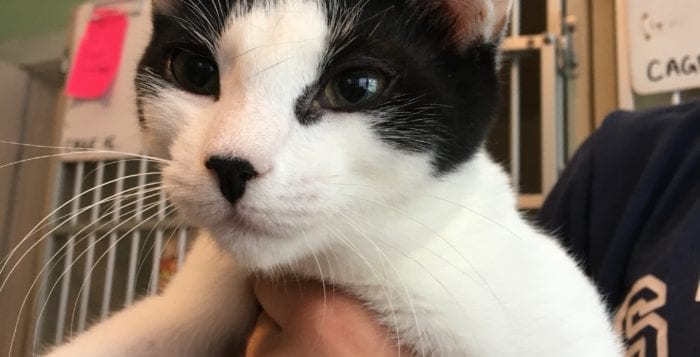



 YIELD: Makes 4 servings
YIELD: Makes 4 servings



